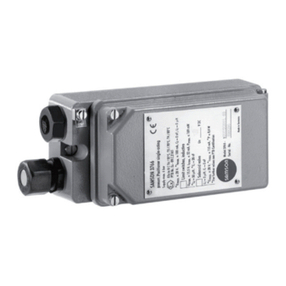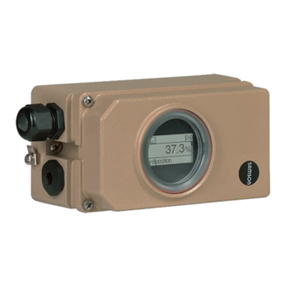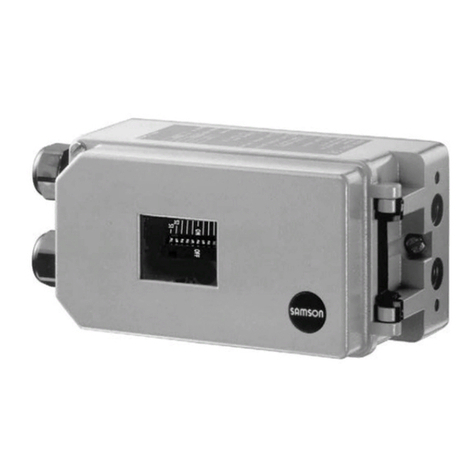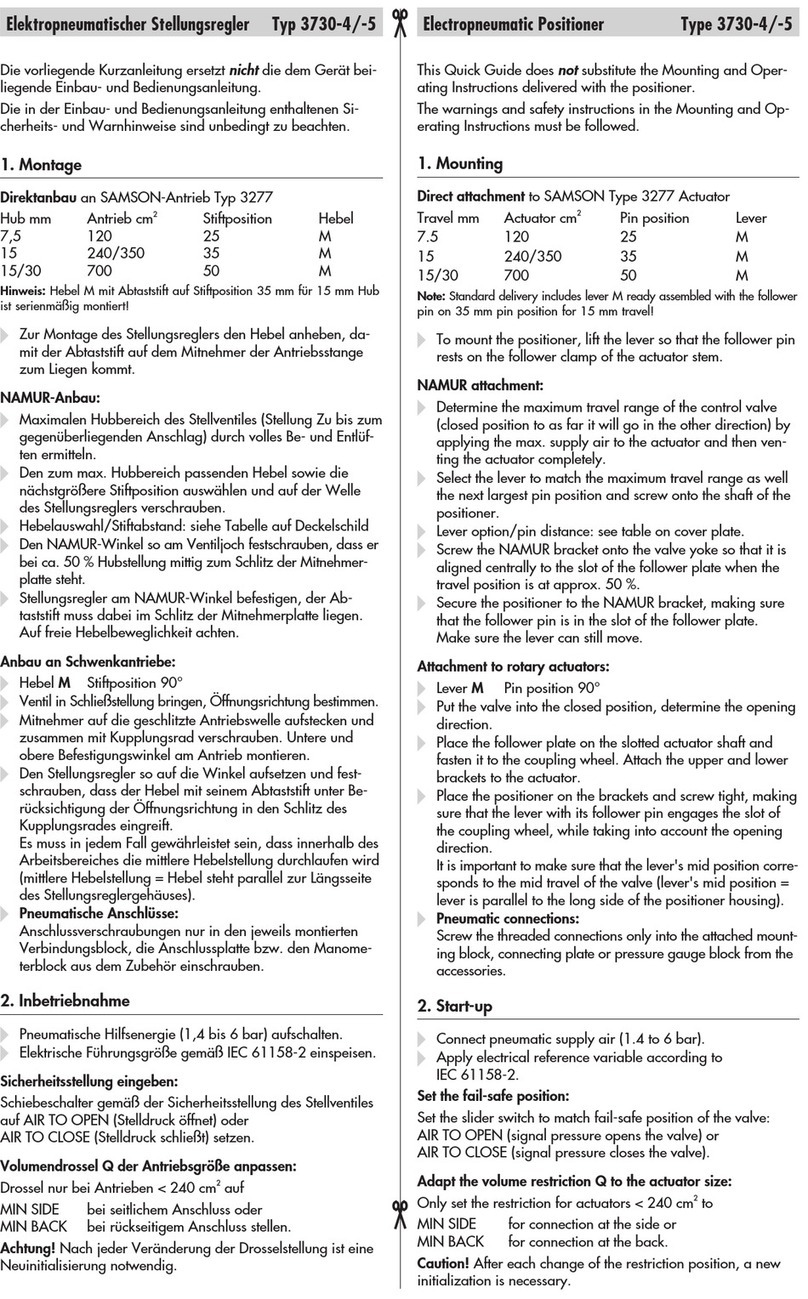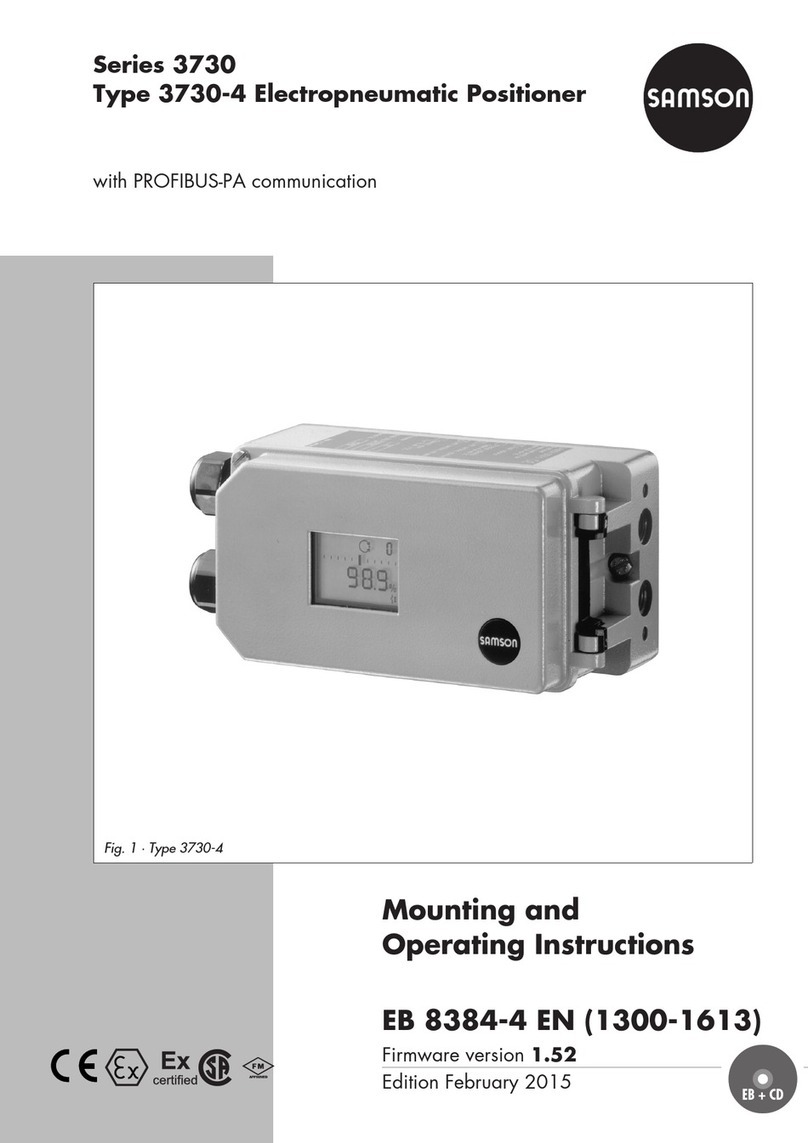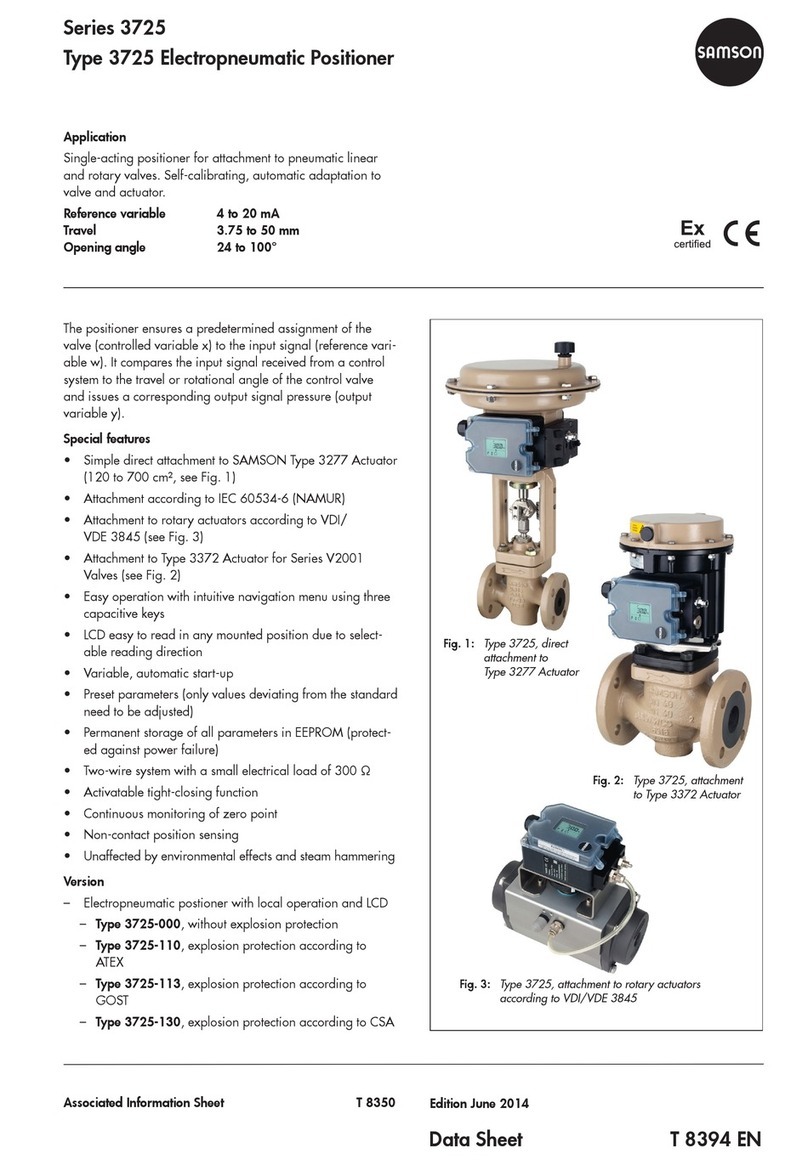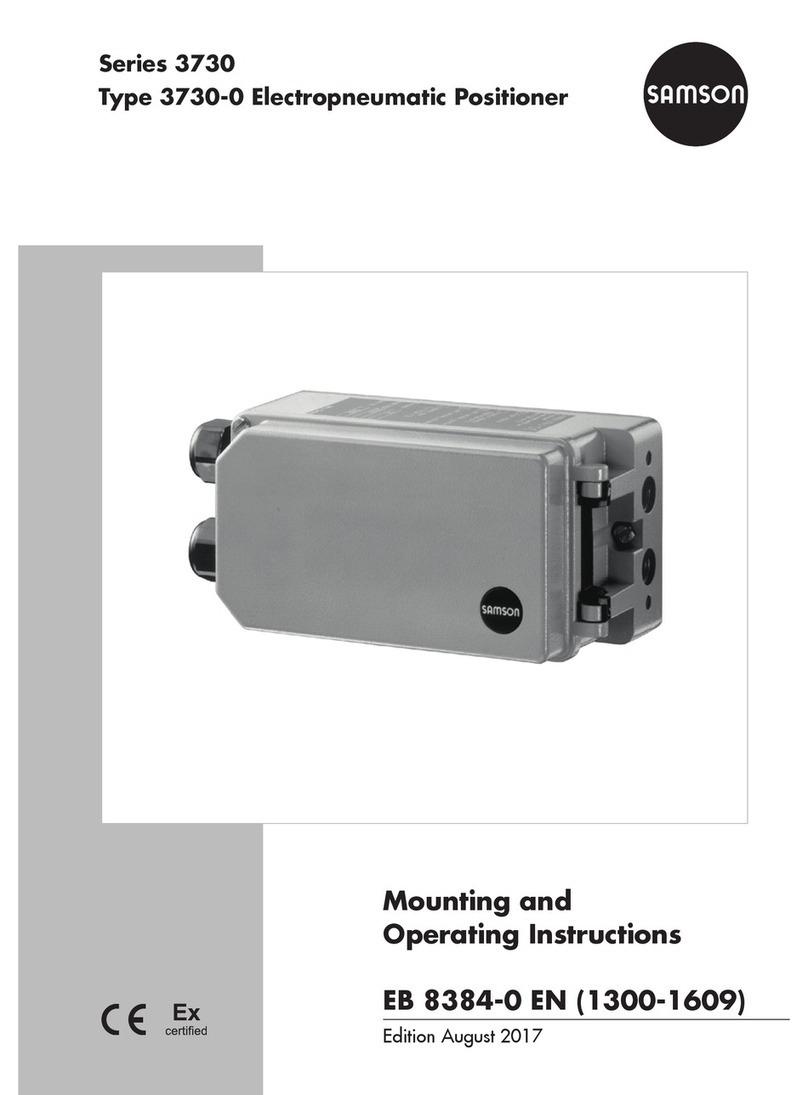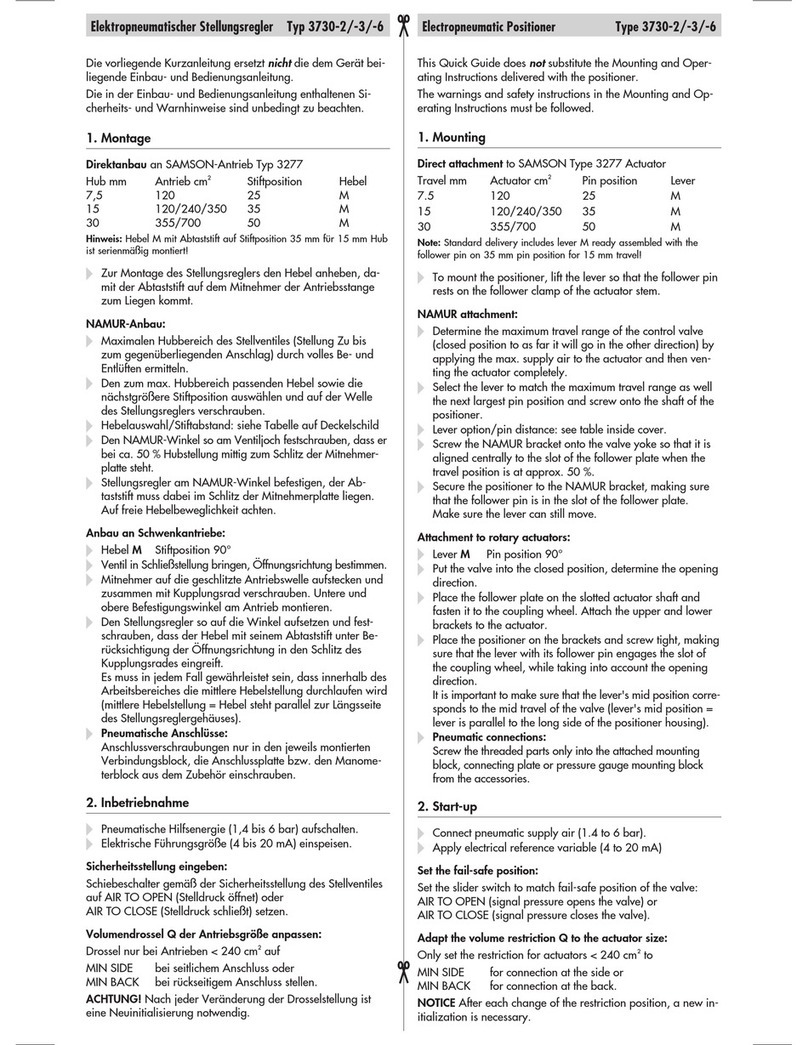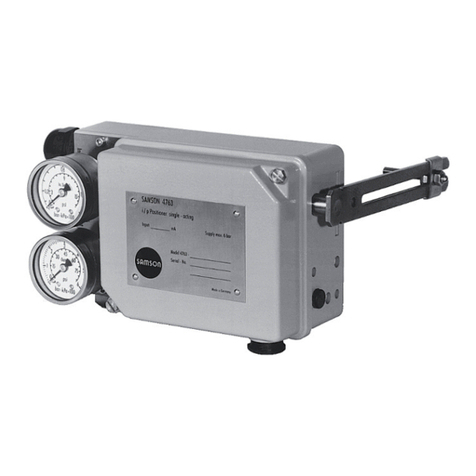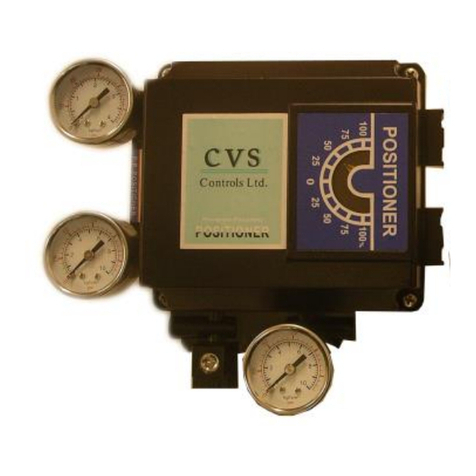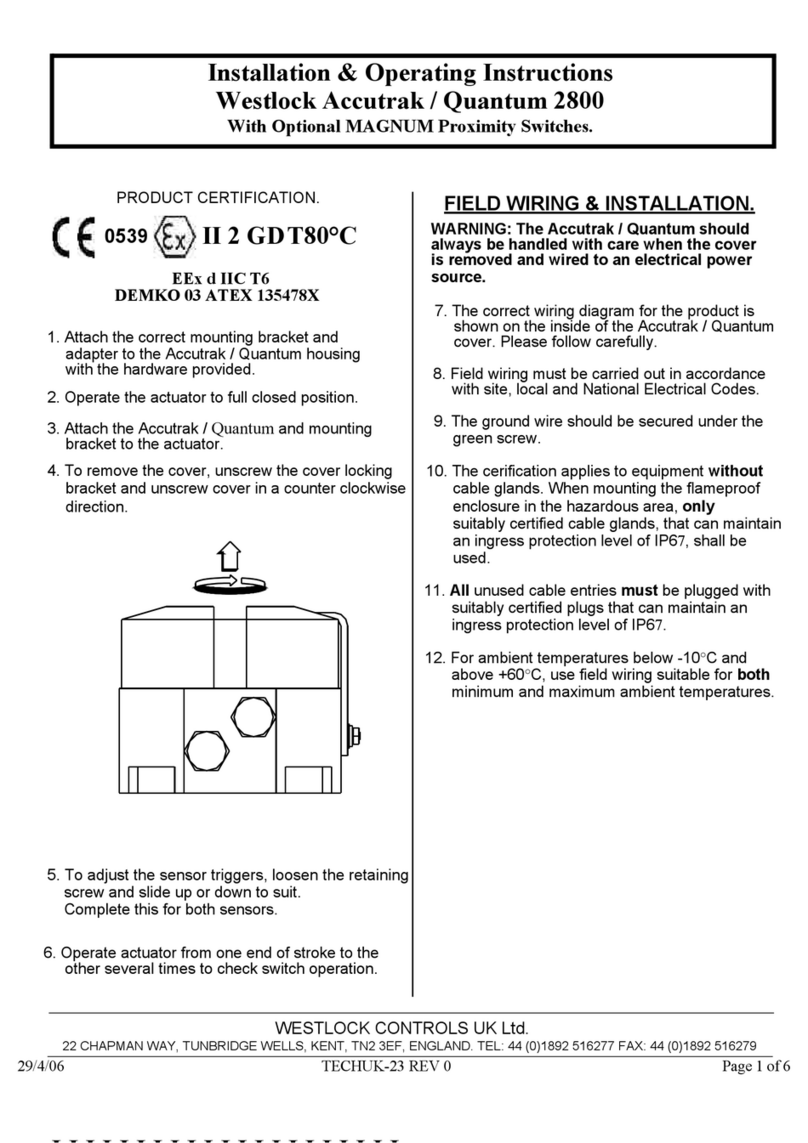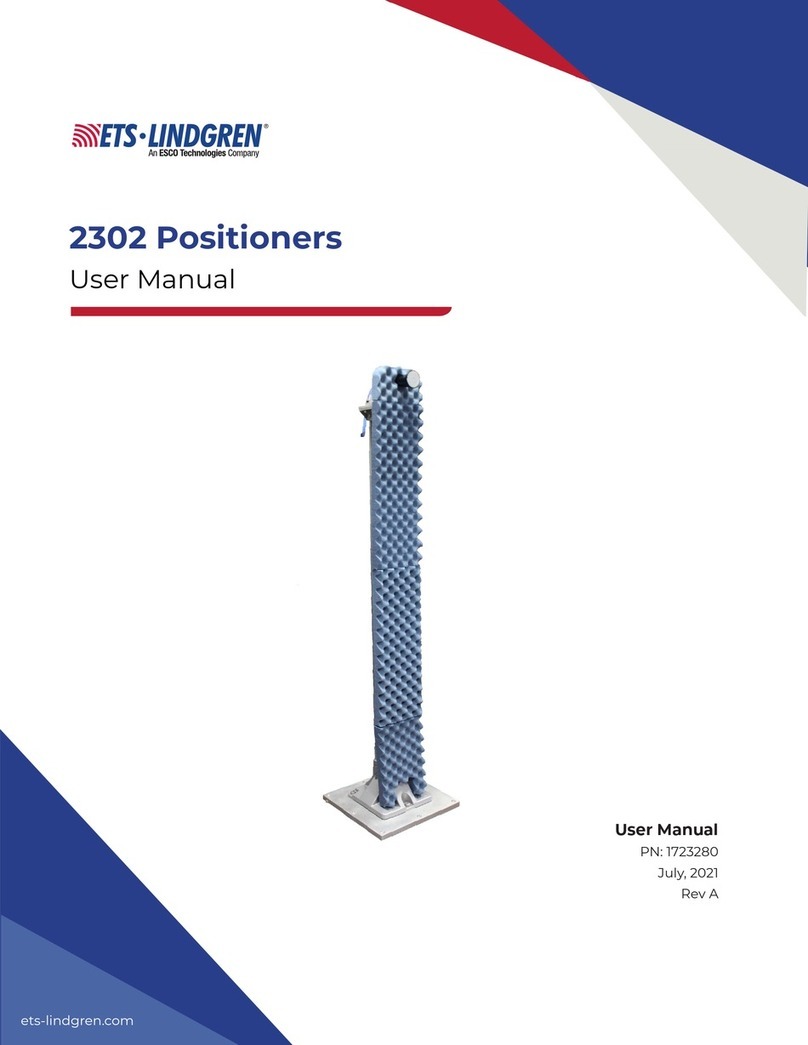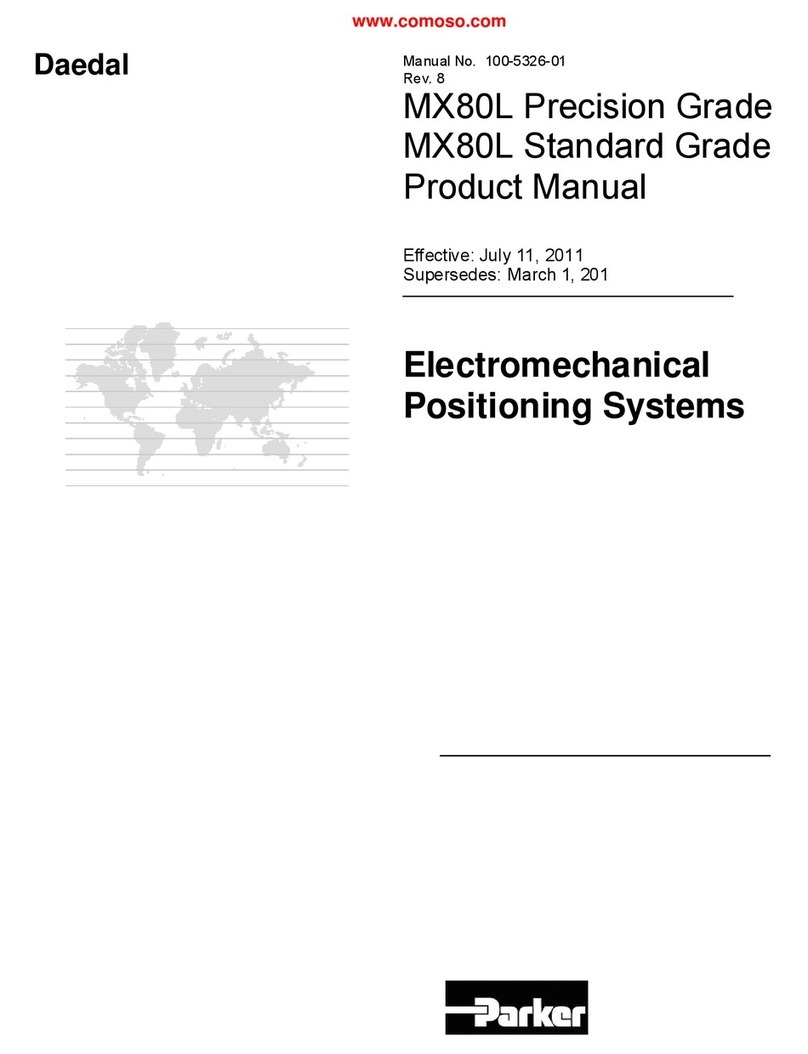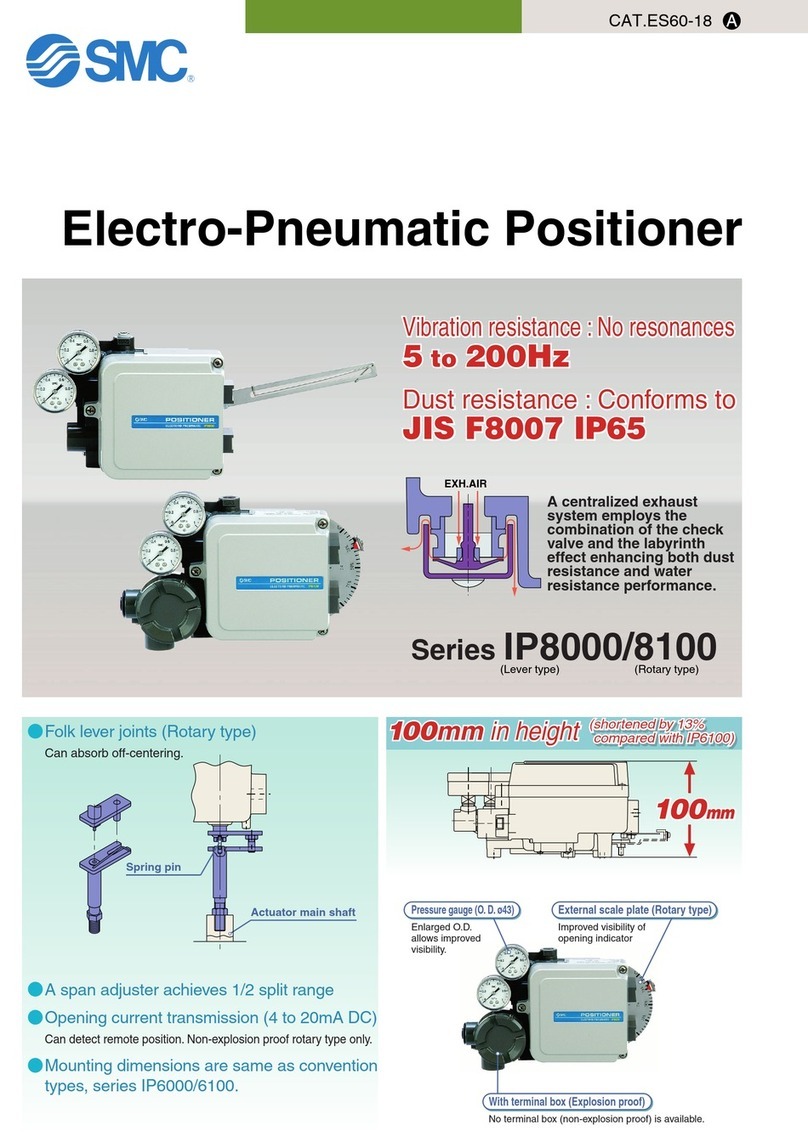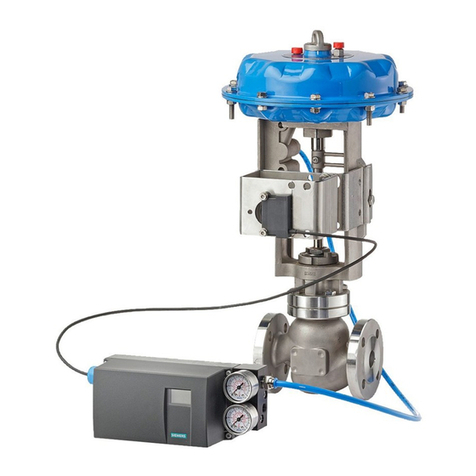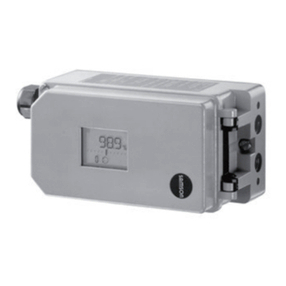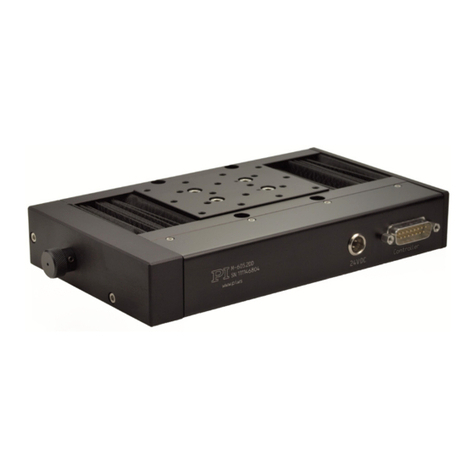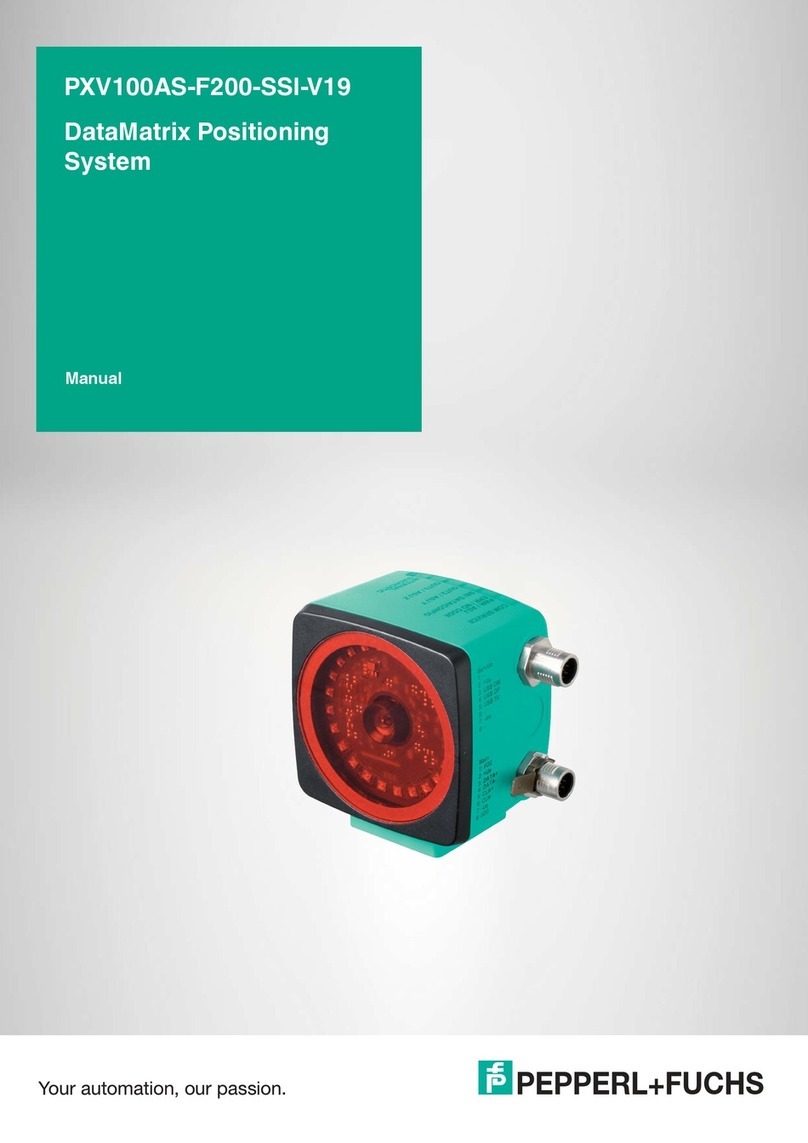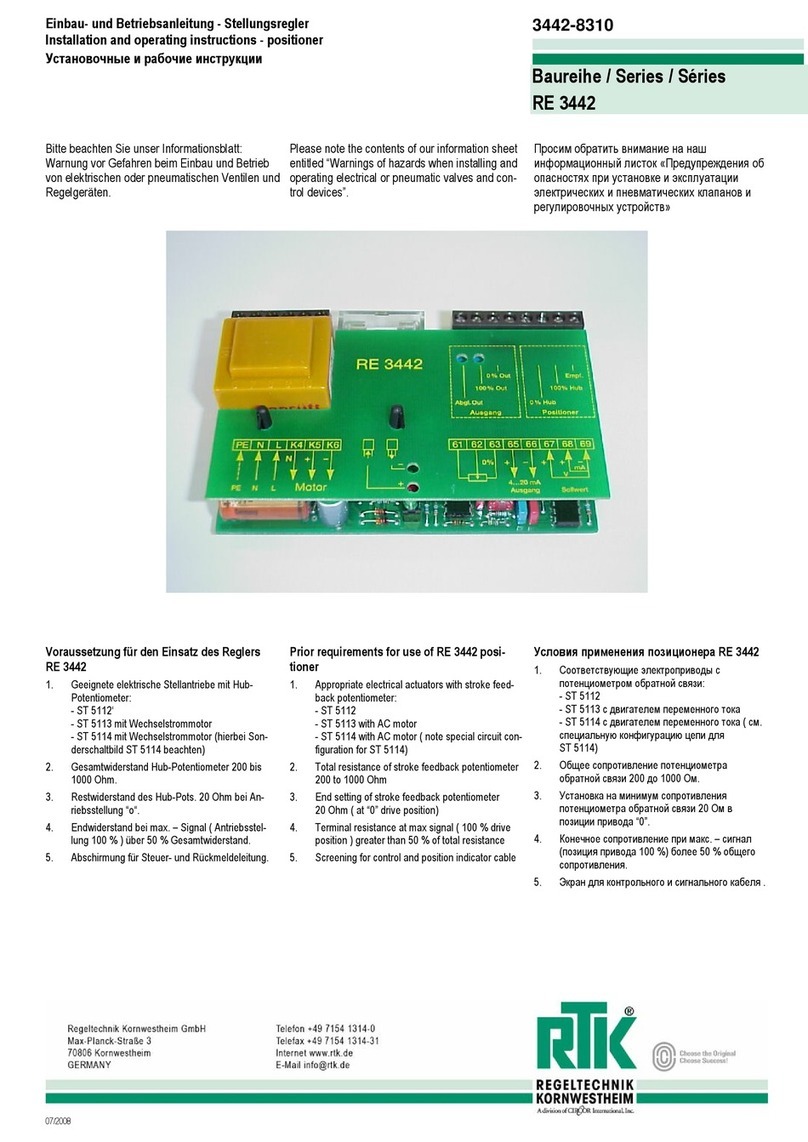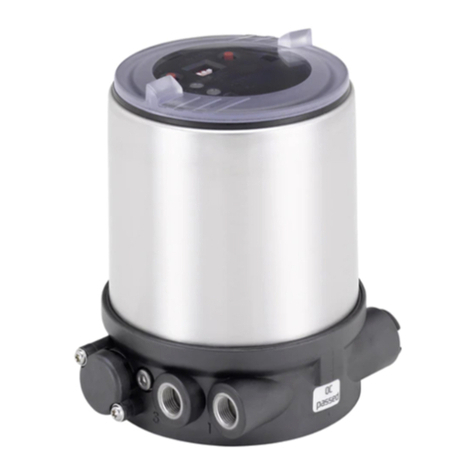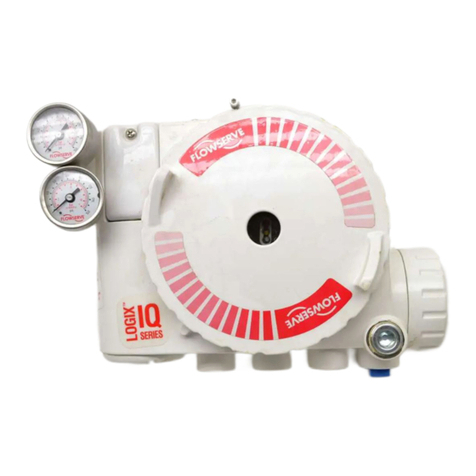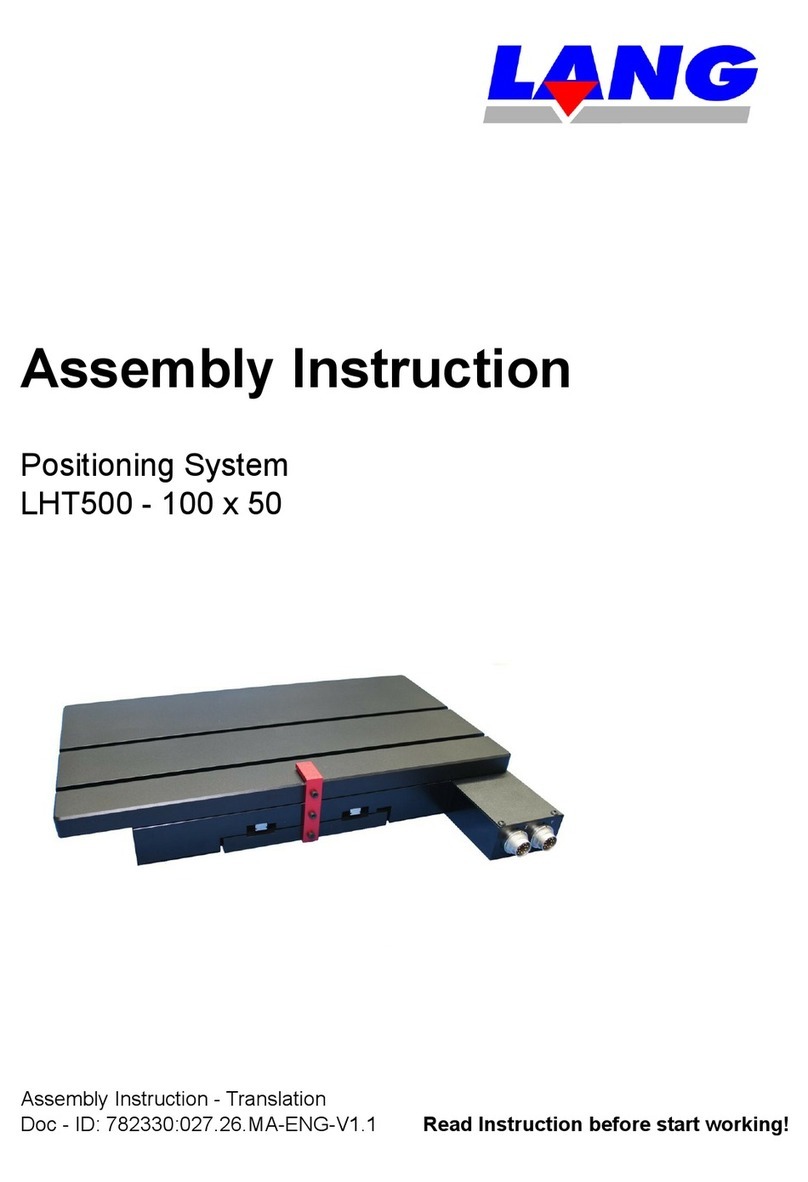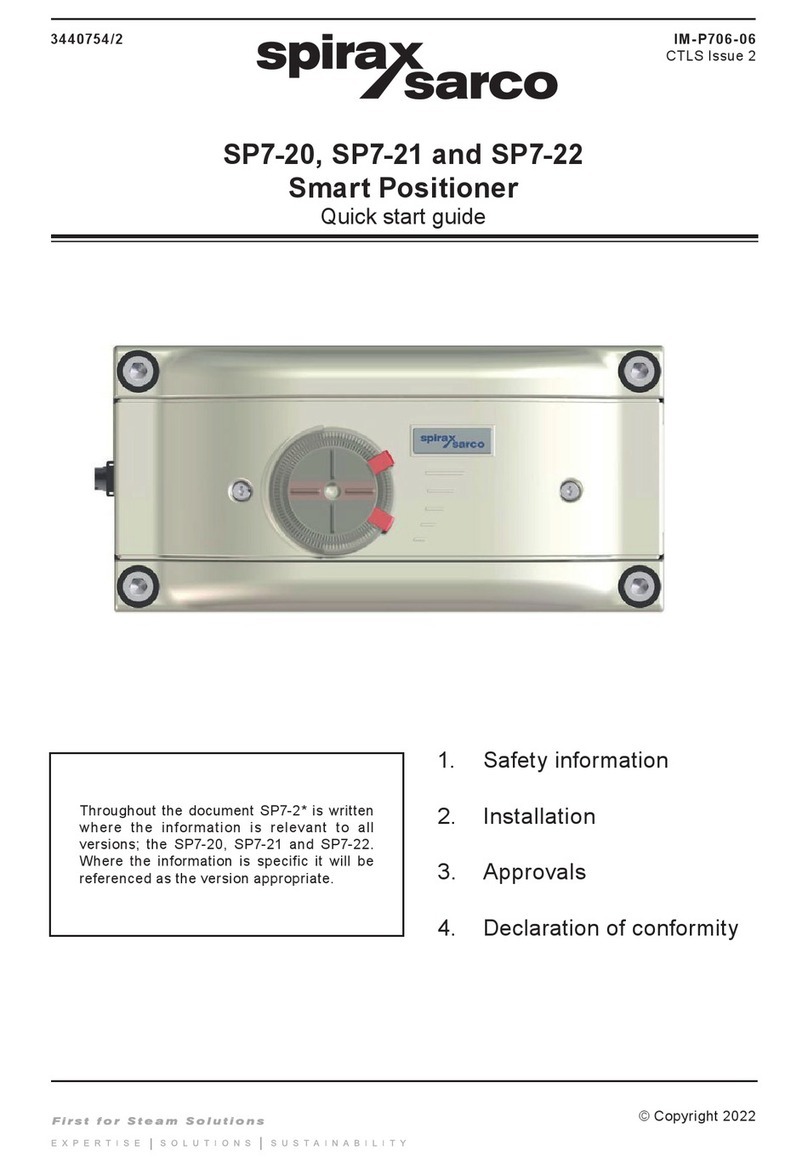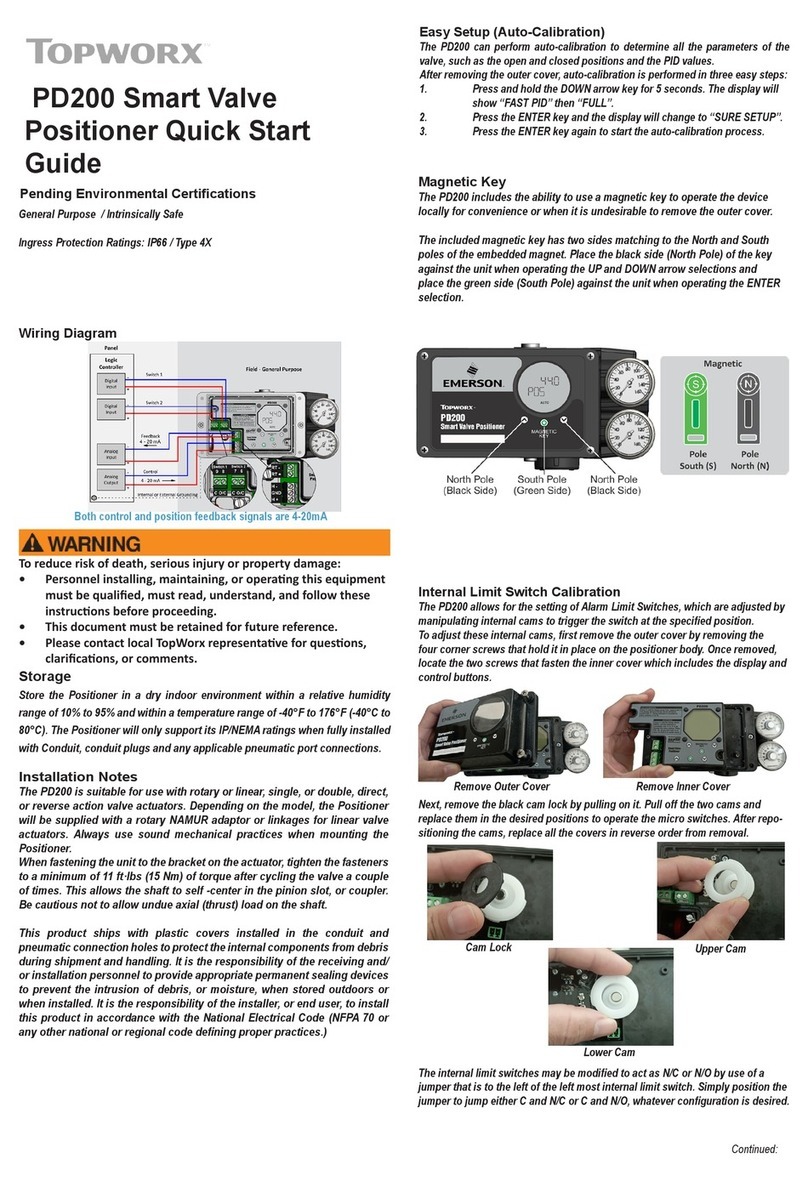
Contents
EB 8384-6 EN
1 Safety instructions and measures ................................................................1-1
1.1 Notes on possible severe personal injury ......................................................1-4
1.2 Notes on possible personal injury ................................................................1-4
1.3 Notes on possible property damage.............................................................1-5
1.4 Special instructions concerning explosion protection ......................................1-6
2 Markings on the device ..............................................................................2-1
2.1 Nameplate .................................................................................................2-1
2.2 Article code................................................................................................2-2
2.3 Firmware versions.......................................................................................2-4
3 Design and principle of operation ...............................................................3-1
3.1 Additional equipment..................................................................................3-2
3.2 Mounting versions.......................................................................................3-3
3.3 Communication ..........................................................................................3-4
3.4 CongurationusingtheTROVIS-VIEWsoftware ............................................3-4
3.5 Technical data ............................................................................................3-5
3.6 Dimensions in mm.....................................................................................3-11
3.6.1 FixinglevelsaccordingtoVDI/VDE3845(September2010) .......................3-15
4 Shipment and on-site transport ...................................................................4-1
4.1 Accepting the delivered goods .....................................................................4-1
4.2 Removing the packaging from the positioner.................................................4-1
4.3 Transporting the positioner...........................................................................4-1
4.4 Storing the positioner ..................................................................................4-1
5 Installation.................................................................................................5-1
5.1 Installation conditions..................................................................................5-1
5.2 Preparation for installation...........................................................................5-2
5.3 Adjusting the lever and pin position..............................................................5-2
5.3.1 Travel tables ...............................................................................................5-4
5.4 Mounting the positioner on the control valve .................................................5-6
5.4.1 Direct attachment........................................................................................5-6
5.4.2 AttachmentaccordingtoIEC60534-6........................................................5-10
5.4.3 AttachmentaccordingtoVDI/VDE3847-1.................................................5-12
5.4.4 AttachmentaccordingtoVDI/VDE3847-2.................................................5-16
5.4.5 AttachmenttoType3510Micro-owValve .................................................5-24
5.4.6 Attachment to rotary actuators ...................................................................5-24
5.4.7 Reversingamplierfordouble-actingactuators ...........................................5-30
5.5 Attachment of external position sensor........................................................5-30

